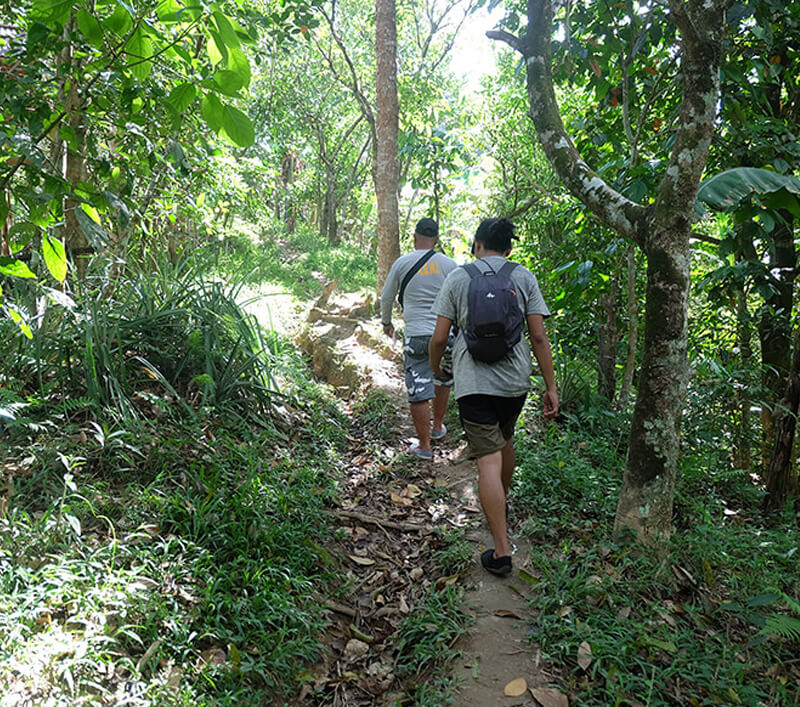The Energy Development Corporation (EDC) is a pioneer in geothermal energy industry with more than four decades of proven business viability. EDC continues to diversify its green power portfolio by maintaining a hydropower project and by expanding its wind and solar power development projects. EDC recognizes the importance of biodiversity in its operations and is one of the pioneering companies which places value on its biodiversity resources. The Tongonan Geothermal Project (TGP) is the largest wet steam field in the Philippines under the management of EDC with a total plant capacity of more than 700 megawatts. It is located in Ormoc City and the Municipality of Kananga, Leyte province. With TGP’s growth to become a global leader in geothermal energy, the company deemed the need to update its biodiversity conservation programs. The project aimed to provide (1) ecological baselines as basis for management planning; (2) assessments of forest ecosystems and habitat vegetation; (3) species-habitat relationships of key threatened and endemic species; and (4) biodiversity conservation plans by identifying high conservation value areas within the EDC-TGP development block and the extent of the geothermal reservation area.
CCIPH conducted the HCVA assessment and used this approach as basis for determining management and mitigation activities for EDC-TGP. Our results show that out of six HCVs, five values were present in EDC-TGP: HCV 1 – Species Diversity, HCV 2 – Large Landscapes and Ecosystem Mosaics, HCV 3 – Rare, Threatened, and Endangered Ecosystems, HCV 4 – Ecosystem Services, and HCV 5 – Community Needs. Using the results of the HCVA assessment, a mitigation plan was also developed to reduce the impacts of geothermal operation and provide a self-operating space for the species. The plan provided context on environmental mitigation activities to augment the impacts of geothermal operation structured using the mitigation hierarchy in order of priority: 1) Avoid; 2) Minimize; 3) Restore On-Site; and 4) Offset. The success of this mitigation plan lies within the proper implementation of each hierarchy, ensuring the mitigation measures are carried out. A rehabilitation and offset plan were also developed to ensure net positive forest gains and expand rehabilitation in other forest areas.

